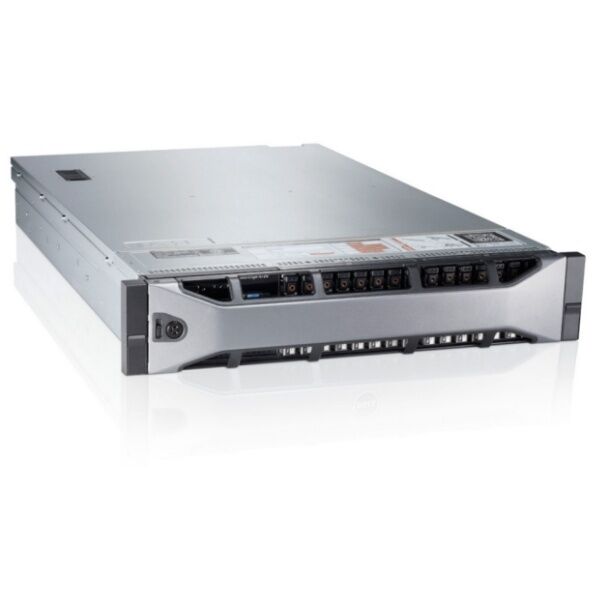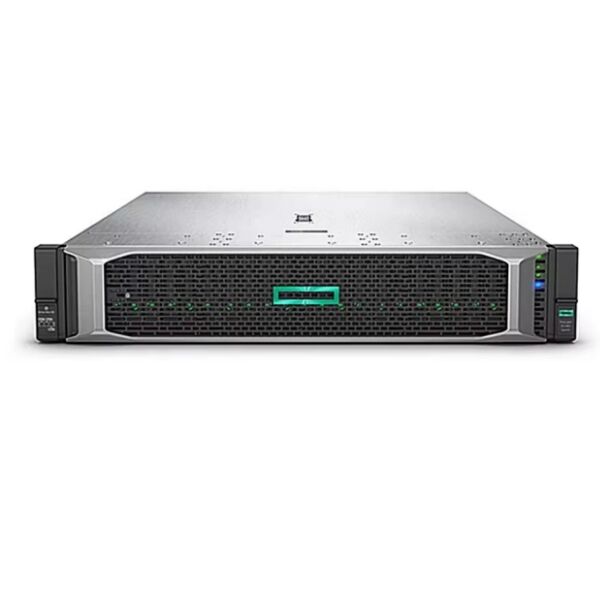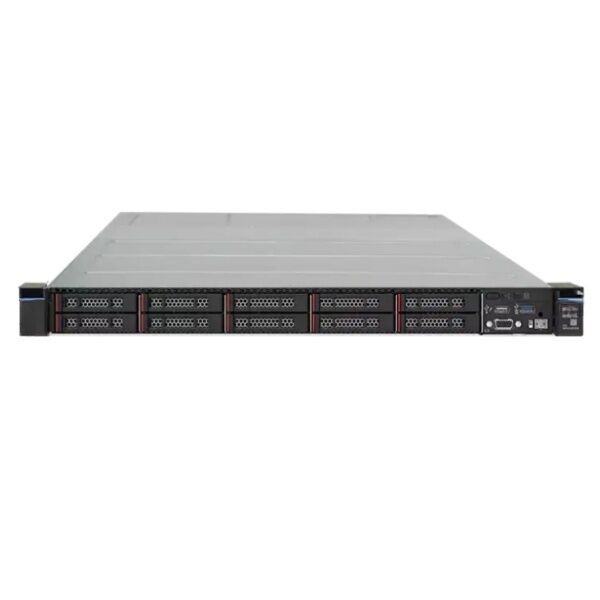upgrading server hardware
Upgrading server hardware is a critical process that involves enhancing the physical components of a server system to improve performance, capacity, and reliability. This comprehensive process encompasses replacing or adding various components such as processors, memory modules, storage drives, and network interfaces. Modern server hardware upgrades focus on implementing cutting-edge technologies like solid-state drives (SSDs), high-speed RAM, and multi-core processors to meet growing computational demands. The process typically involves careful planning, compatibility assessment, and systematic implementation to ensure minimal disruption to ongoing operations. Server hardware upgrades can range from simple RAM additions to complete system overhauls, depending on specific needs and objectives. These upgrades are essential for businesses looking to maintain competitive edge in digital operations, support expanding workloads, and ensure optimal system performance. The implementation process requires expertise in server architecture and hardware compatibility, along with proper consideration of power requirements and cooling solutions.


